In 2020, the world was affected by the epidemic, and the economy was sluggish. In the second half of the year, due to the severe overseas epidemic, it was forced to suspend work and business. Many orders for the home appliance industry and textile industry were transferred to China, and foreign trade exports ushered in "explosive orders".
China's textile exports performed well before November 2020. The year-on-year growth rate of exports in April has turned positive. The monthly export volume in May exceeded US$20 billion, a year-on-year increase of 77.3%. Among them, the export value of the American market has increased greatly from the second half of 2020 year-on-year, about 15% per month.(Click to share to LinkedIn)

A quarter of fabrics of the world are traded in Keqiao, Shaoxing, Zhejiang each year. The foreign trade prosperity index in the Keqiao Textile Index released locally shows that in November 2020, it increased by 10.4% year-on-year to 911.77 points, which is the highest value since 2019.
Although foreign trade orders surged in the second half of the year, it was still difficult to make up for the losses in the first half of the year. The price of raw materials has risen sharply, ocean freight has risen unprecedentedly, and the superimposed RMB exchange rate has remained strong. The more you lose, the more you lose. Many Chinese foreign trade companies have fallen into the embarrassing situation of "both under pressure" and "work overtime but in vain".
In fact, the industrial growth rate of the textile industry has declined year by year in recent years. The direct reason is that the profit margin of the textile industry is relatively small.(Click to share to Facebook)
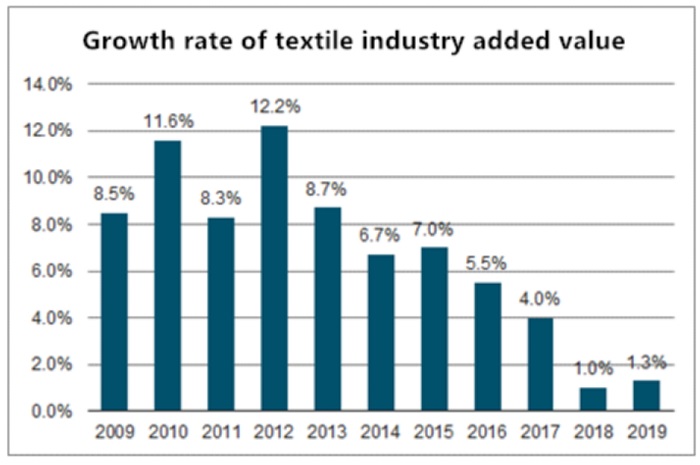
What are the reasons for the thin profits of the textile industry?
The textile industry is a relatively traditional light industry with low technology content. Most factories still stay in the production mode of manual and simple machines. The equipment production efficiency is not high, the labor cost is high, the profit margin is small, and the raw materials and shipping costs increase. The problem of equivalence will lead to the situation of "working overtime but busying a lot".
The key to improving textile profits is to implement intelligent equipment, increase production speed, and save labor costs.
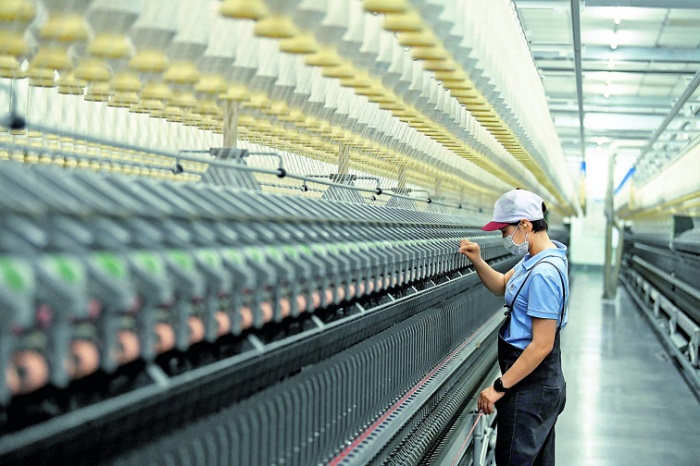
The technological process of traditional weaving mainly includes winding, warping, sizing, drawing-in, weaving and finishing. A whole mature production chain has been formed. In each link, fabric inspection is a time-consuming and manpower-consuming link.
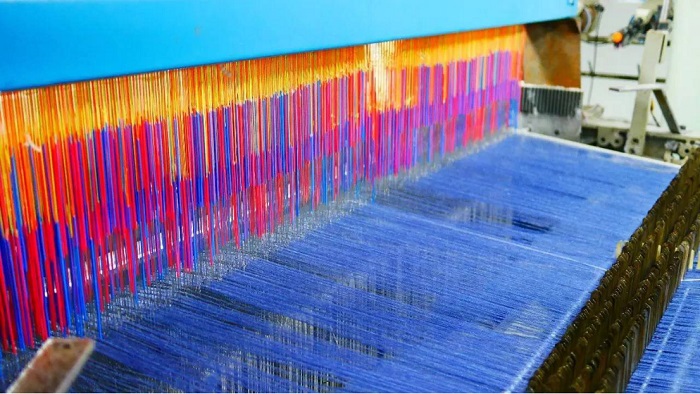
What is fabric inspection?
Cloth inspection is one of the finishing processes of grey fabrics. In accordance with the national standards or industry standards for the green fabric inspection, the appearance quality of the green fabric is inspected one by one. Visually inspect fabric veil defects and weaving defects, evaluate the scores according to the degree of influence, size, and post-processing requirements of the defects, make corresponding marks, and prompt the information of repairable and unrepairable weaving defects, cumulative drop and one-off drop. In view of continuous and sudden defects, timely notification, follow-up inspection, and the removal, repair or cutting of defects to ensure the genuine rate of processed products. This has important economic significance for textile manufacturers.
Traditional textile companies have a finishing workshop, which is responsible for fabric inspection, review, and repair. At the same time, it is equipped with corresponding equipment. It also sets up fabric defect detection after fabric preshrinking and tentering finishing processes.
Why do we need to inspect cloth?
Cloth inspection is not only to check defects, but also has the following functions:
1. Cloth inspection can make the wrinkles of the fabric flattened and folded neatly, and measure the length at the same time, so that there will be no wrinkles and uneven glue application during compound processing, so that it can fit firmly.
2. The fabrics that have been inspected are already relatively flat, so the later rolls can also be rolled more neatly.
3. The fabric after inspection will not affect the original characteristics of the fabric, will not affect the softness, pattern, etc., but can also make the fabric and the fabric have a good chemical reaction.
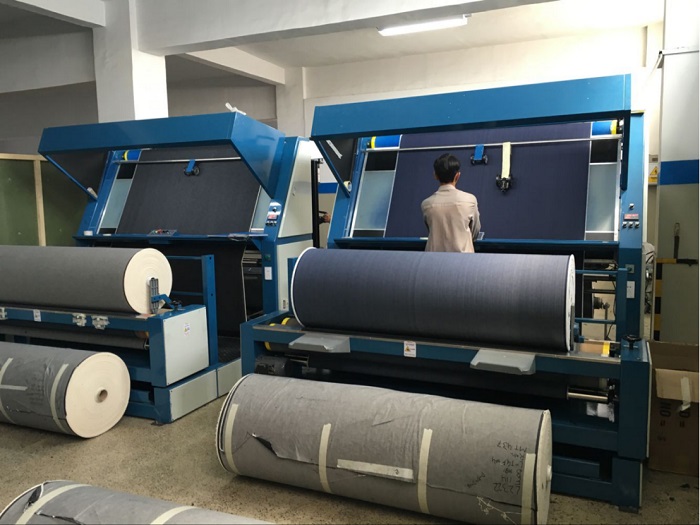
What are the problems with manual fabric inspection?
1. The speed is slow, the output is low, and the efficiency is poor. Generally, the inspector can only detect about 200 defects per hour. If it exceeds this range, it is prone to miss inspection and misjudgment. However, functional and high-performance fiber fabrics are widely used in aerospace, aviation, military, navigation and other fields. Zero defects and zero leakage are required for fabrics, and manual inspection is difficult to meet high standards.
2. High requirements for inspectors. Manual cloth inspection has certain technical requirements and vision requirements for inspectors. Long-term concentrated vision can easily lead to eye fatigue, occupational diseases, and low labor intensity.
3. Many errors. Manual cloth inspection is restricted by the inspector's subjective consciousness, personality, environment, cognition and other factors, and the test results are difficult to be consistent, with large differences, poor reproducibility, and poor consistency.
4. Consume labor. Relevant information shows that the general traditional loom 500 sets of three-shift system requires 2.5 cloth inspectors, 2.8 cloth repairers, and corresponding random inspection personnel and other auxiliary personnel. The labor cost is relatively high.
5. The width is small. Traditional manual inspection of fabrics can only inspect fabrics with a small width, which is not suitable for the width requirements of modern looms. If the width is expanded and reformed, it is necessary to reduce the speed and increase the load of the inspection work.
Improving the detection rate, accuracy and inspection speed of fabric defects has become the bottleneck of current development, so the automatic inspection technology of fabric defects has emerged as the times require, becoming one of the examples of intelligent and automated weaving processes.
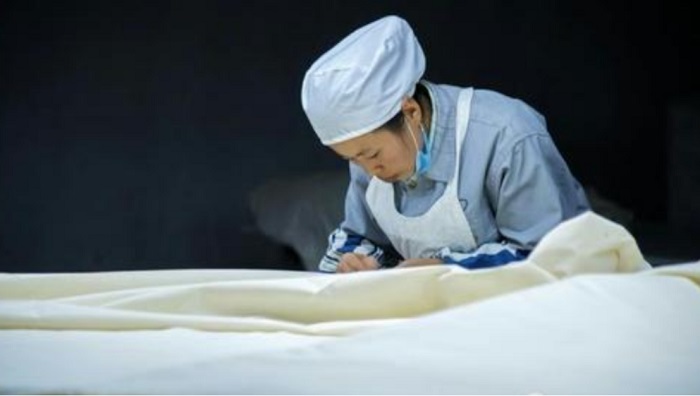
Advantages of automatic fabric inspection machine
1. Fully automatic. The automatic fabric inspection machine can detect fabric defects under online or offline conditions, determine the location of the defects, classify and score the defects according to their size, hazard, and degree of influence, and issue alarms for serious defects or implement measures such as shutdown or opening and cutting.
2. Suitable for various fabrics. The fabric inspecting machine can detect the basic organization and change organization of fabrics, including cotton, linen, silk, wool, chemical fiber and blended yarn fabrics and other fabric materials..
3. High pass rate. The production volume of automatic fabric inspection system equipment is significantly higher than that of manual fabric inspection, or even several times higher. The accuracy rate of automatic fabric inspection fabric defect detection reaches more than 95%, which is much higher than manual fabric inspection, missed detection rate and error The judgment rate is less than 5%, which is much lower than manual fabric inspection.
4. Fast speed, adjustable speed. The production speed of automatic fabric inspection can generally reach 120m/min or more, and the highest can reach 300m/min. The inspection speed can be adjusted according to the needs. The actual inspection speed is related to the machine width and defects.
Automatic length check. The automatic fabric inspecting machine 5.is equipped with a length counting device, and it can also check the length of the sewing material. The traditional manual inspection of cloth requires visual inspection of the surface of the sewing material for defects. If there are defects such as yarn defects, weaving defects, stains or color differences, immediately mark the edges of the sewing material for repair or removal. The automatic fabric inspection machine saves these troubles.
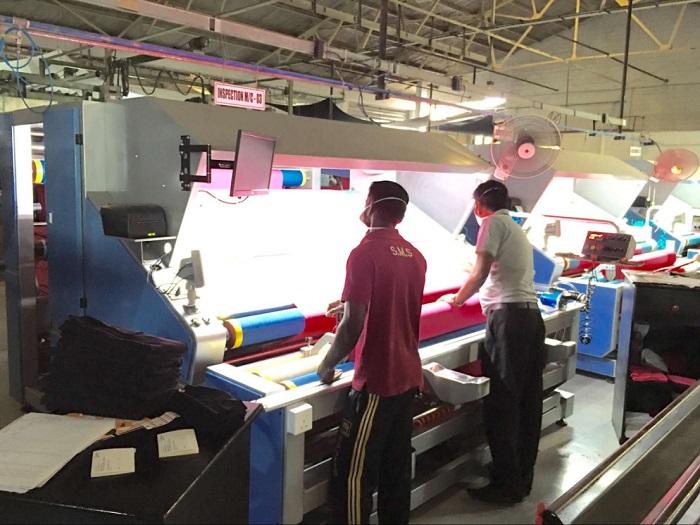
How to choose an automatic fabric inspection machine?
First, check whether the hardware system of the fabric inspection machine is perfect and what the material is. The automatic fabric inspection machine should have the following system components.
1. Check the lighting system
The lighting system needs to ensure that fabric defects can be clearly found. Generally, high-efficiency LED light sources with high brightness transmission light sources or reflective light sources are used. Special light sources such as infrared, violet, ultrasonic, laser, and polarized light can also be used to distinguish special yarns such as foreign fibers defect. At present, the effect of LED lighting system is the best.
2. Image scanning system for checking fabric yarn defects
The fabric yarn defect image scanning system is the heart of the fabric inspection machine. In the early days, high-resolution cameras were used. At present, the charge-coupled camera is widely used to scan the fabric synchronously to obtain the image signal of the fabric defect, which is transmitted to the computer for digital processing and analysis.
The current automatic fabric inspection machine adopts a neural network system with a processing capacity equivalent to 500 personal computers, which is fast and can ensure accurate inspection of yarn defects. In order to ensure that all fabric defects are inspected without leakage, multiple scanning cameras can be selected and multiple inspection lines can be configured.
3. Check whether there is an automatic recording, positioning, alarm and analysis system
Automatic recording: The fabric inspection machine automatically detects defects, and the computer calculates the scores and grading records of the defects in different categories. At the same time, it locates on the fabric and prints and marks it for easy tracking and processing.
Positioning: the positioning method that cannot be used to manually thread the paper when the defect is detected. New methods such as printing adhesive labels on the edge of the cloth, hidden ink labels, and ultraviolet visible ink stain printing are commonly used.
Alarm: If a serious defect is found, the fabric inspection machine will automatically stop, perform operations such as cutting and lowering, and issue an alarm.
Analysis: The automatic fabric inspection system uses a precise meter-length changer. The computer yarn defect data can be stored for a long time and graphed for statistical analysis, and networked with the computer control center.
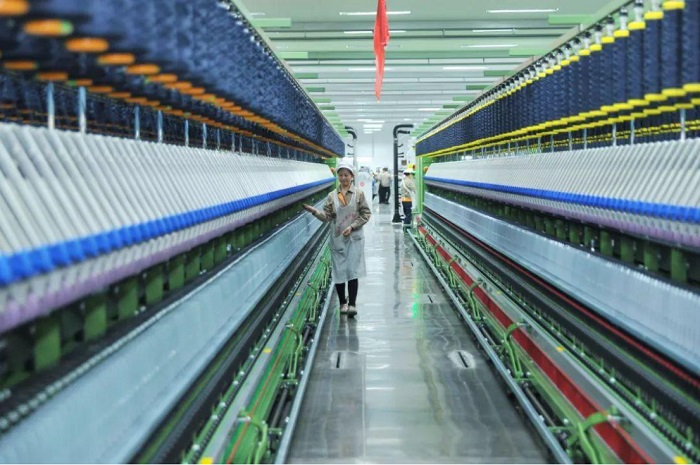
In addition to checking the hardware system, the equipment material should also be checked.
At present, the materials of fabric inspection machines on the market are uneven, and fabric inspection machines with poor materials and low quality accessories have a short service life. If the equipment is replaced frequently, it will increase installation, debugging, and maintenance time, and waste a lot of energy and labor costs.
Suntech can currently provide traditional fabric inspection machines and fabric inspection packaging production lines. The materials used are 4MM A3 steel. The key parts of the equipment are selected from well-known brands: Chengbang motors, Delta inverters, Siemens contactors, Schneider’s Button, the quality is absolutely guaranteed. Therefore, the life of Suntech fabric inspection equipment exceeds that of most manufacturers' fabric inspection equipment on the market.
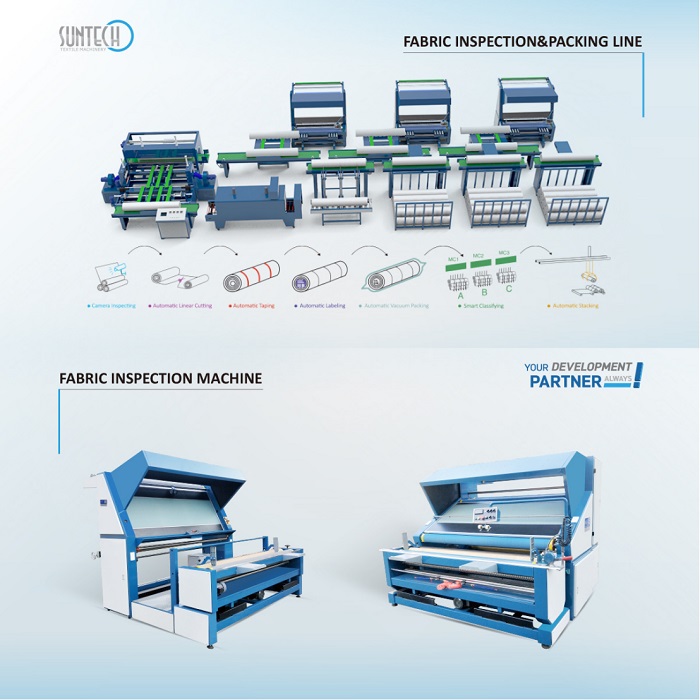
(SUNTECH ST-WFIM fabric inspection machine)
Review the qualification and after-sales service of equipment manufacturers.
If the equipment manufacturer fails to pass the qualifications, for example, when the fabric inspection machine is just started, the equipment quality may not meet the standard, and the after-sales service such as installation and debugging may not keep up. This will seriously delay the production time and cause unnecessary costs.
As an old-brand fabric inspection machine manufacturer, Suntech has 50 years of technical precipitation and equipment manufacturing experience.
With more than 4,500 customers and 10,000 machine installation cases around the world, it specializes in the production of fabric inspection machines and fabric inspection packaging lines (including fabric inspection machines and packaging machines). Manual, semi-automatic and automatic fabric inspection machines can be customized according to user needs. 13-month warranty and free random accessories such as optoelectronics and digital length meter.





